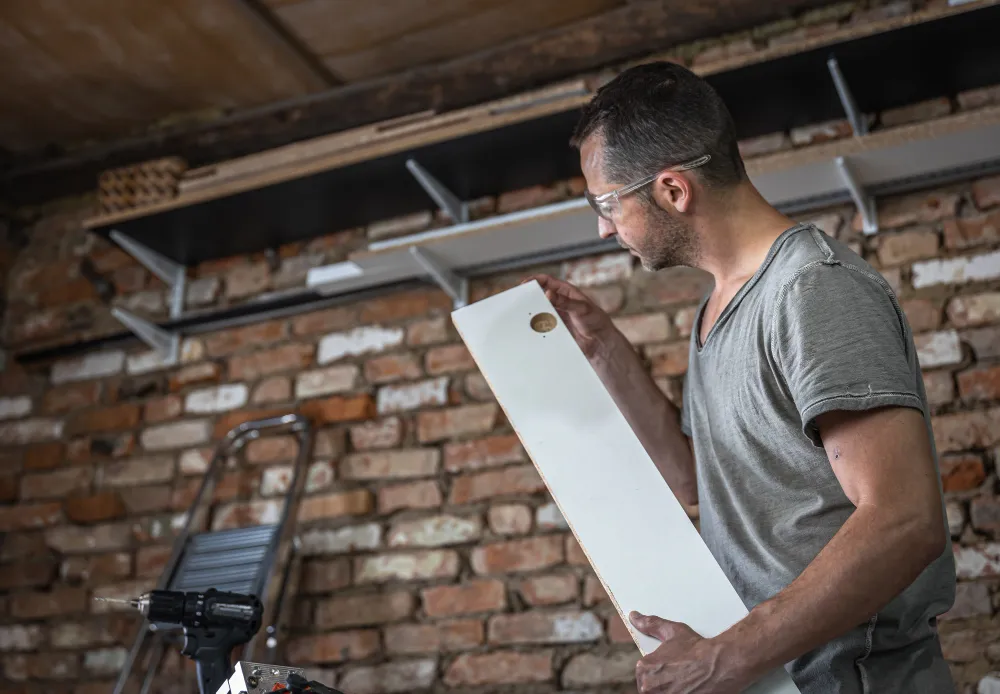Lorem ipsum adipiscing purus fermentum. Praesent vitae quam sed...


Historic preservation is certainly a priority for a city like New York. Estimates show that more than $800 million is invested annually to keep these buildings standing and functional. But preserving these structures and buildings is much easier said than done.
The catch here is leveraging the right historic preservation guidelines and balancing repairs and preservation. But are you completely clueless about how to do this? You will find all your answers here.
This article will examine some of the best practices for historical preservation and exterior repairs. Make sure you read to the end for a clearer understanding!
Restoring historic buildings stretches beyond maintaining the aesthetics or appearance of a building. There are different reasons why these preservation efforts matter even to this day. Want to know why these measures are so important? Find out some of the reasons below:
Balancing preservation and repair is like the cornerstone of modern historical preservation. But this also means that you need the right approach to get things right on this front. That said, here are some well-thought-out tips to help you get favorable outcomes with preservation:
It is no secret that, given enough time, even the strongest of buildings can succumb to external elements. With a historical preservation project, you must start with the foundation to ensure better safety.
You must start the process by identifying all the weak points or elements in the building. Then, you need to secure those areas properly to ensure nothing compromises the safety of people inside.
Every historic structure and building has unique characteristics and charm that make it worth the effort. It is, hence, very important not to do anything that can hamper the building’s charm and character.
Of course, you can still add some modern touches to the structure, but not at the cost of it losing its character. You must try to reflect the intent and sense of the original architect to ensure the building stands out at its best.
Most older buildings are made of concrete, brick, and stones. This gives you the flexibility to use proper concrete repair tactics for the building’s restoration. There are a couple of different ways to do that, including water, impact, chemicals, and seismic activities.
Depending on your needs, you can use concrete repair tactics like surface treatments, injection, material replacement, and more. To make the right choice, you must evaluate the severity of the damage, the behavior of repair materials, and the structure’s function.
You will definitely need to add some modern touches when it comes to proper exterior repairs for heritage buildings. Here, your focus must be to bring the building’s original appeal back or make things even better if possible.
This makes it very important that you take a careful approach to adding these modern elements and bring out the best in the building. You can take this opportunity to add some modern sustainable features and characteristics to make the building suited for use.
Buildings today are quite different from those built half a century ago. Modern properties have to comply with certain sustainability standards. Even historical buildings fall under this purview now.
You need to take a sustainable approach and use materials that do little to no damage to the environment. You can leverage the recycling and reusing strategy to score better on the sustainability report card. This should help you bring out the best out of the building without compromising on sustainability.

While historical conservation is important, you cannot undermine the common challenges that come with these projects. Some of the most common of these challenges include:
When it comes to maintaining the right balance between historical conservation vs. modernization, you must be careful. This means taking your time to plan the right approach, understand the principles, and then proceed accordingly.
Always remember that these historic structures are very valuable, and there is no room for mistakes. Lastly, use this information for good and simplify your historic preservation project with the right knowledge.
Lorem ipsum adipiscing purus fermentum. Praesent vitae quam sed...
Lorem ipsum adipiscing purus fermentum. Praesent vitae quam sed...